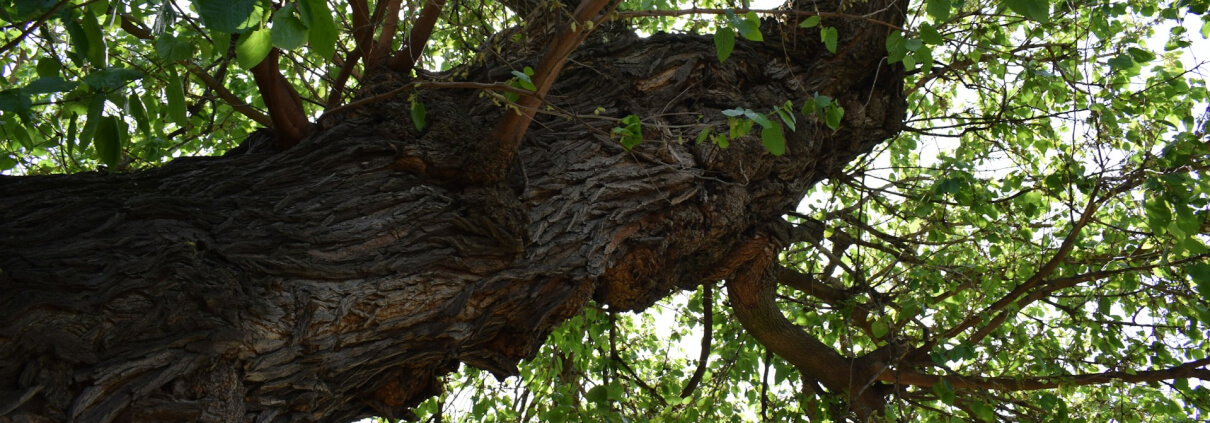Preparing for Storm Season: Tips for Tree Maintenance
Storm season can be a challenging time, especially if you have trees on your property. Strong winds and heavy rains can cause branches to snap or entire trees to topple. This not only puts your property at risk but can also endanger the safety of your loved ones and neighbours. Preparing your trees for storm season is a critical task that shouldn’t be overlooked.
Caring for your trees involves more than just a quick glance at their condition. It’s about understanding the potential impact of storms and taking proactive steps to minimise risks. Healthy, well-maintained trees are more likely to withstand the elements and less likely to become hazards.
By giving your trees the care they need, you can help protect your property and ensure your garden remains safe and beautiful throughout the storm season. Simple steps can make a big difference, helping you avoid damage and keeping everyone safe. Let’s dive into how to best prepare your trees for the upcoming stormy weather.
Understanding the Impact of Storms on Trees
Storms can significantly affect trees, often leaving a trail of damage in their wake. High winds are the main culprits, capable of snapping branches or even toppling whole trees. Heavy rains and lightning also pose threats, weakening tree structures and causing breakage. To understand how storms impact trees, consider the following:
– Root Damage: Saturated soil from heavy rain can loosen roots, leading to leaning or uprooted trees, especially in weaker species.
– Branch Breakage: Wind stress can cause branches to snap, particularly in trees with dense, heavy canopies. This is a common cause of debris after a storm.
– Trunk Splitting: Lightning and strong winds can crack or split tree trunks, often resulting in serious structural damage that could be irreversible.
– Debris Hazards: Fallen branches and trees can create hazards for people and property, blocking paths and damaging buildings or cars.
– Disease Introduction: Storm damage leaves wounds that invite pests and diseases, affecting the long-term health of the tree.
By understanding these impacts, property owners can take proactive steps to bolster tree health before a storm hits. Recognising potential vulnerabilities helps in planning effective maintenance strategies.
Assessing Tree Health and Potential Risks
Regularly assessing your trees allows you to identify risks and take action before storm season. Start with a visual inspection, checking for signs that might indicate weakness or other issues.
1. Look for Deadwood: Dead branches are brown and brittle and pose a risk of falling. Removing them reduces hazards.
2. Check for Rot and Disease: Discoloured leaves, fungal growth, and hollow sounds on the trunk or limbs suggest rot or disease. These are serious risk factors during storms.
3. Examine Root Stability: Soil disturbance or unusual tree lean can indicate unstable roots. Trees with such issues are more likely to fall during heavy winds.
4. Inspect Canopy Density: Dense canopies catch more wind, increasing risk during a storm. Thinning the canopy can alleviate this.
5. Evaluate Branch Intersections: V-shaped and weak branch unions can fail under pressure. Healthy intersections are U-shaped, providing better strength.
Conducting these assessments can identify which trees need attention, allowing you to prioritise maintenance tasks. Regular checks keep you ahead of potential problems, enhancing safety for your property and everyone around.
Essential Tree Maintenance Techniques for Storm Preparedness
Preparing your trees for storm season involves specific maintenance practices that enhance their resilience. These tasks are straightforward but vital to reduce the risks associated with severe weather. Here’s how to get your trees ready:
– Regular Pruning: Trim branches that are weak, dead, or overhanging. Pruning reduces wind resistance, lowers stress on the tree, and helps prevent breakage during storms.
– Thinning the Canopy: Selective thinning of dense branches allows wind to pass through more easily, decreasing the chance of damage. Focus on maintaining a balanced canopy to ensure stability.
– Cabling and Bracing: For trees with split limbs or weak branches, consider cabling or bracing. This technique supports vulnerable sections and reinforces the tree against strong winds.
– Tree Removal: If a tree poses a significant hazard, removal might be necessary. Trees with severe structural defects or disease that can’t be remedied should be safely removed to prevent potential damage.
– Ground Assessment: Clear debris and ensure soil around trees is not too saturated. This reduces the likelihood of root damage and improves the tree’s grounding during heavy rains.
Implement these methods regularly, ideally before the onset of storm season, to protect your property and promote tree health. Proper maintenance enhances your landscape’s safety and longevity.
Recognising When to Seek Professional Help
While regular maintenance can be managed by the homeowner, there are situations where professional assistance is necessary. Knowing when to call in experts can prevent accidents and ensure your trees are well cared for.
– Large Trees: Pruning or removing large branches, especially those near power lines or buildings, requires professional skill and equipment to ensure safety.
– Severely Damaged Trees: If a tree has extensive damage from a storm, such as major limb loss or a split trunk, professional assessment is needed to determine its viability.
– Disease Identification: Signs of disease, such as unusual growths, leaf discoloration, or pests, should be evaluated by a professional to prevent spread and apply proper treatment.
– Complex Cabling and Bracing: Installing supportive structures is highly technical. Experts ensure they’re done correctly and follow safety standards.
– Tree Risk Assessment: In cases of uncertainty, a professional arborist can provide a thorough risk evaluation, recommending necessary actions to mitigate hazards.
Seeking expert help ensures your trees receive the best care, maintaining safety and health throughout storm season and beyond.
Conclusion
Storm preparedness for trees involves both regular maintenance and knowing when to call in the professionals. By implementing effective practices like pruning and thinning, you contribute to the trees’ ability to weather storms. Regular inspection and timely intervention are key to managing potential risks, safeguarding your property, and promoting the long-term health of your trees. Remember, a healthy and well-maintained tree is not just a beautiful part of your landscape; it also plays a vital role in ensuring safety.
When storms threaten, having a skilled team by your side can make all the difference. TPS Tree Services is equipped to handle all aspects of tree care, from tree maintenance to emergency response. Let us help you prepare and protect your landscape with our expert services, ensuring peace of mind and a safe environment for you and your family.




